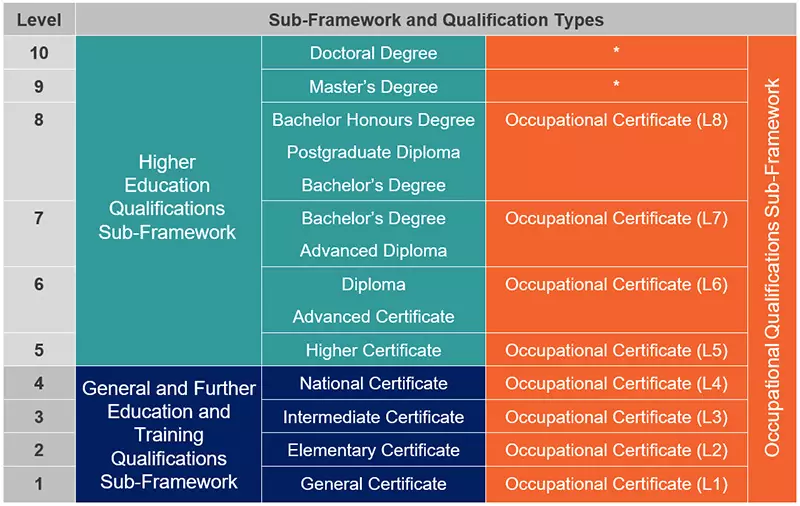Many companies lack structured internal training plans for their employees. We have asked Stéphan Pieterse, People and Organisational Development Manager at Pragma, for a few TIPS on what companies can do to get this in place:
- Keep it as simple as possible.
- You do not initially have to spend hundreds of thousands of Rands to buy an off-the-shelf system.
- Start small and develop the programme further in small digestible steps.
- Every position requires unique training interventions. Be specific and keep it relevant to the position.
- Always ask the question: Is this training intervention going to improve the way in which we do business?
- Clearly differentiate between what your organisation’s resources should train your employees on and where you need outside help.
- Define and communicate the WHY, the HOW and the WHAT of your internal training programme.
- Communicate much more than you think you need to. Show your employees the “how”, often.
- Keep both the employees and their managers responsible for setting and achieving annual training targets.
- Give every individual a personalised training plan.
- Make enough time available to your employees for training. (43 hours / employee / year is a world class benchmark)
- Material should be easily accessible.
- Think carefully about the best combination of e-learning and classroom training.
- Celebrate successes.
- Paradigm shifts in the way a company manage internal training is not something that will happen overnight. Be prepared to
see sustainable change after year three only.
For a short overview of Pragma’s internal training programme, follow this link to YouTube: http://youtu.be/8WlGlYK7B4o
| Contact: | Liza Burger Tel: 021 943 3900 Cell: 079 522 8903 |
